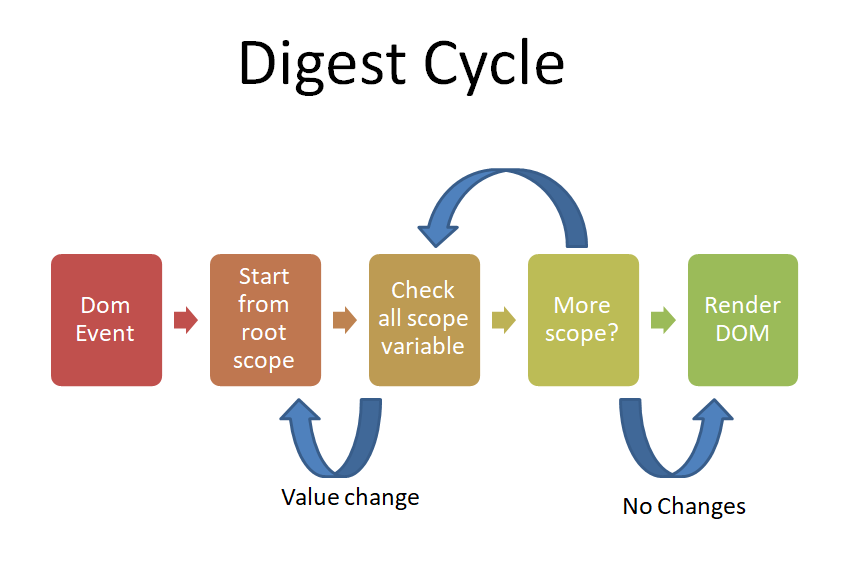What is AngularJs?
AngularJS is an open-source model view controller MVC JavaScript framework that is used for making rich, extensible web applications. It runs on plain JavaScript and HTML, so you don't need any other dependencies to make it work.
Below are some basic facts about AngularJS that must an AngularJs Developer know before appearing in AngularJs Interview
- Based On: MVC and MVVM design pattern. Design Patterns in programming languages are used to write reusable and maintainable code for commonly occurring problems in Software Engineering.
- Written In: AngularJs 1.x is written in Javascript. It is one of the most popular programming languages on the web for creating interactive and scalable front-end and server applications.
- Supported Features: AngularJS supports features like bundling codes in modules, Dependency Injection, Routing, two-way data binding, and services that help developers to write clean and reactive, user-friendly applications using Javascript.
- Best Suited for: AngularJs is best suited for creating Single Page Applications and admin backends
- Maintained By: It is maintained by Google Inc.
- Licensed: Angular JS is licensed under MIT License which means anyone can modify the source code and republish it.
Practice here the top AngularJS Interview Questions & Answers, that are mostly asked in Angular js Interviews. these angular js interview questions are very popular and written by industry experts.


